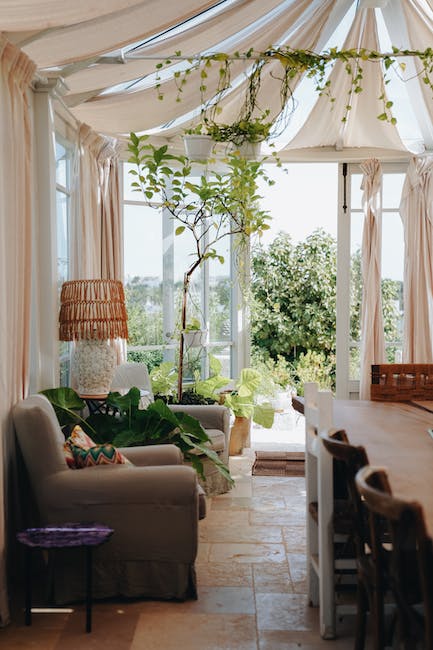Mastering Color Harmony in the Living Room: Essential Tips for Furniture and Decor Selection

Color harmony in the living room is a fundamental principle of interior design that can elevate an otherwise ordinary space to extraordinary. It involves creating a visually appealing environment that expresses your personal style while adding to its aesthetic appeal and increasing overall visual appeal. Here are some essential tips for furniture and decor selection so that you can master color harmony in your living room.
Understanding the color wheel is vital. Designers use this tool to combine colors in ways that are both harmonious and pleasing to the eye, with each quadrant representing warm (reds, oranges and yellows) or cool colors (blues, greens and purples) being either complementary or analogous; understanding these relationships will allow you to craft an ideal living room design scheme.
Consider following the 60-30-10 rule when selecting furniture and decor, which suggests that 60% of each room should feature one dominant color, 30% secondary colors, and 10% accent colors. A dominant tone usually creates the atmosphere for the room, with larger furniture pieces taking advantage of secondary shades to complement and add pops of color as accent colors; using smaller items or accessories adds creativity by injecting different hues throughout its entirety.
Next, think about the psychological effects of color. Color can evoke different emotions and set the atmosphere for any given room; blues and greens tend to be soothing and relaxing colors, making them great choices for living rooms where you want to unwind; reds and oranges on the other hand can be more stimulating; use these as accent colors sparingly so as not to overwhelm your space.
Texture and pattern also play a pivotal role in color harmony, adding depth and interest to a room and keeping it from looking flat or monotonous. A patterned rug or throw pillows can help break up a solid-color sofa while adding dimension to monochromatic color schemes via texture walls.
Lighting is another crucial aspect to consider. Natural light can make colors appear bolder and more vibrant while artificial lighting may change their look altogether. Before making any decisions regarding a color scheme in your living room, observe how different light sources influence its hues at different times during the day.
Don’t overlook your personal taste either! While following these guidelines can help you create an harmonious color scheme, it is equally important that the colors reflect your personal tastes and styles; after all, this space will become home.
Conclusion: Mastering color harmony in the living room involves learning the color wheel, considering psychological effects of colors, adding textures and patterns that reflect personal styles, considering lighting conditions, as well as personal preferences for lighting and decor. With these tips in mind, you can craft an inviting living space that speaks volumes about you as an individual! Enjoy decorating!




